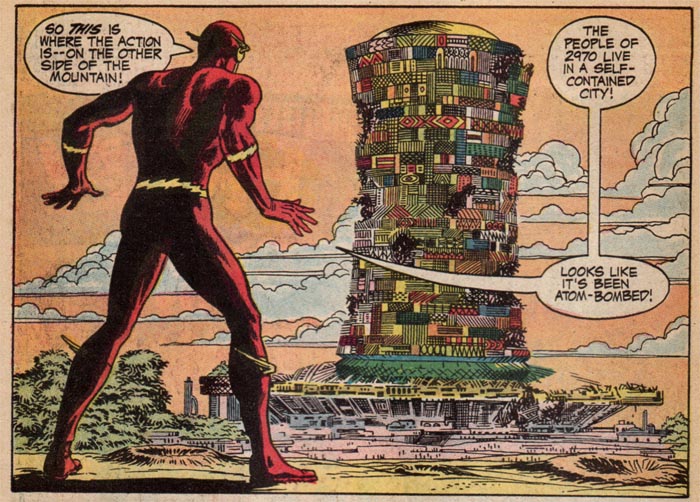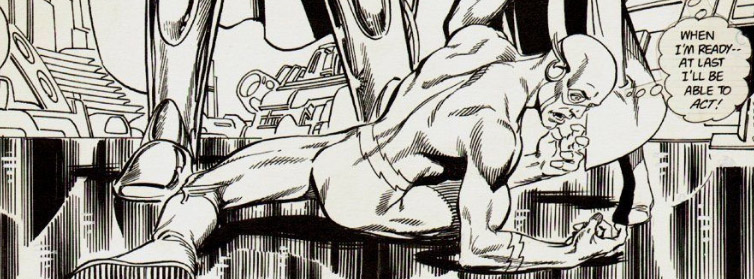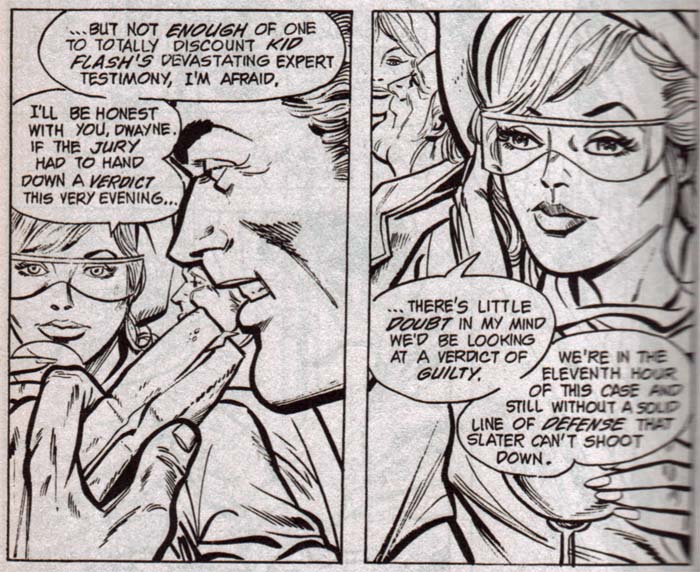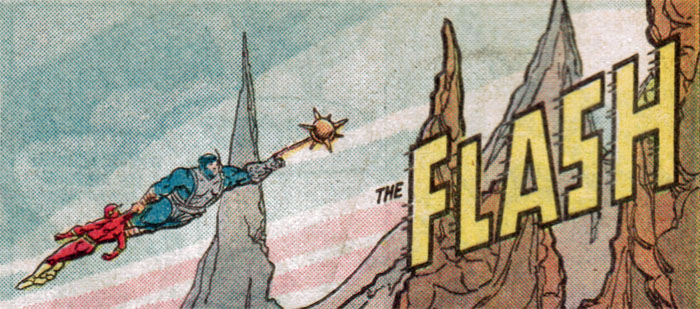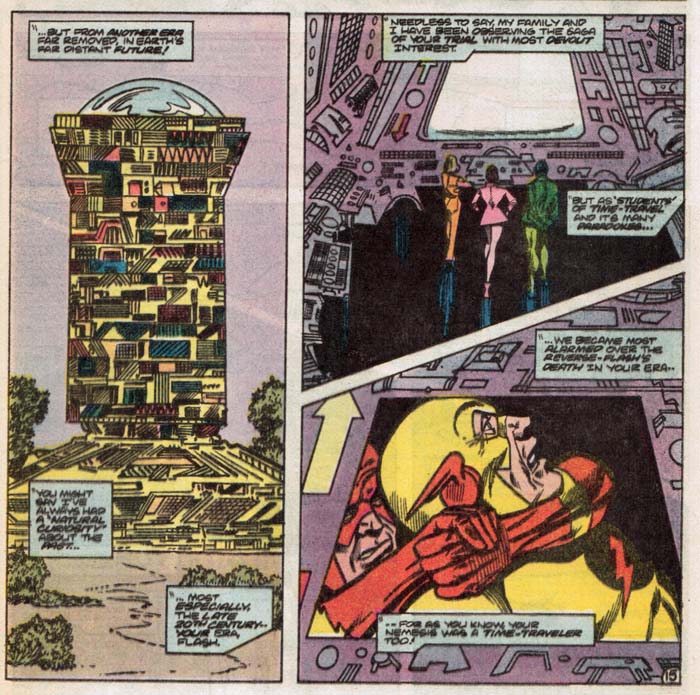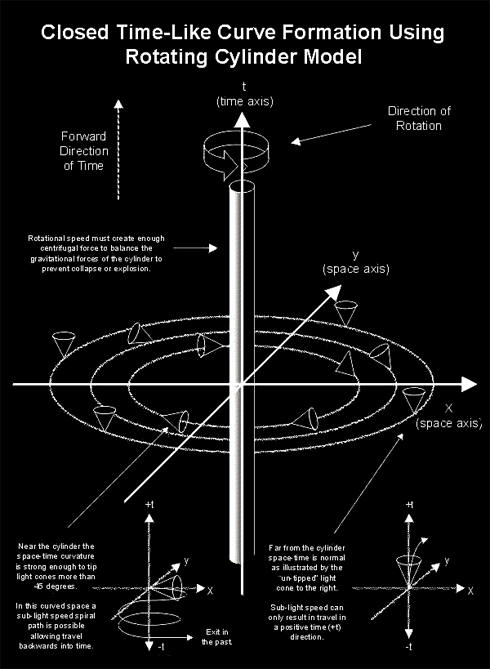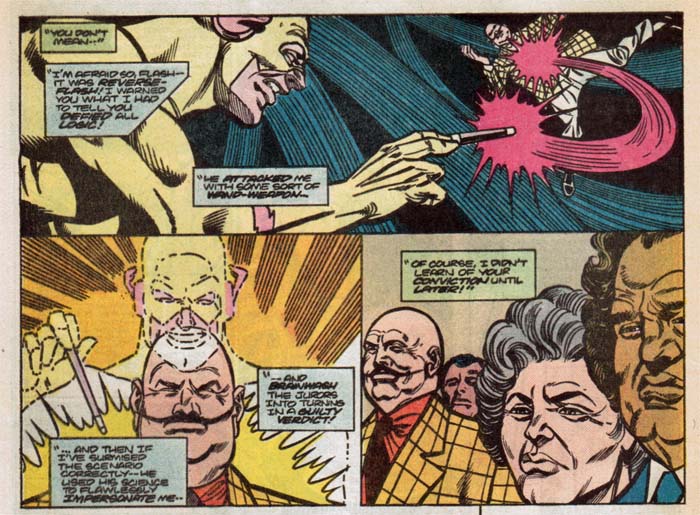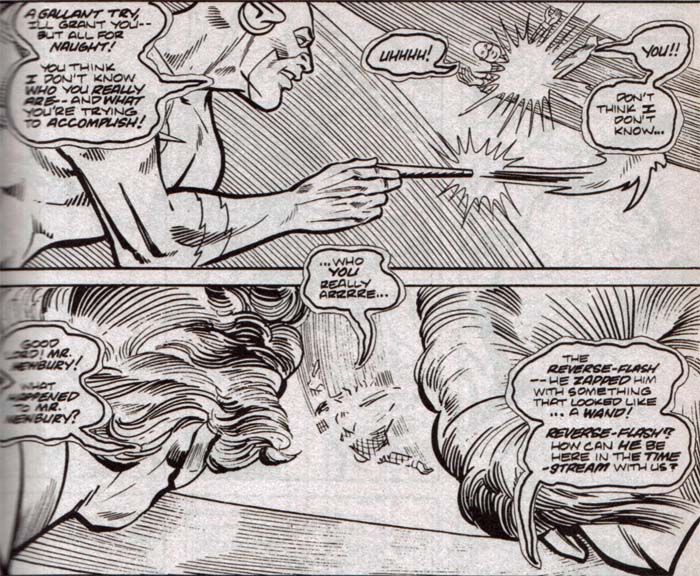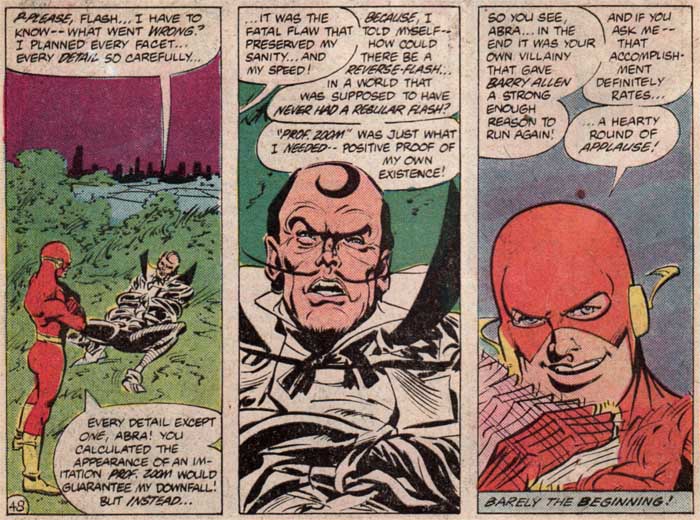Welcome to the latest installment in our annotations of the collected edition of The Trial of the Flash! A while back, we analyzed related stories leading up to the release of Showcase Presents: The Trial of the Flash. In addition, we interviewed author Cary Bates about the buildup and the Trial itself, plus showed you what wasn’t included in the collection.
IN THIS ISSUE: Closed Timelike Curves!
We’ve reached the penultimate chapter! Thank you very much for reading along. Links to original artwork, scans and research are included throughout this post. For definitive legal analysis of the story by Bob Ingersoll, go here. Tom vs. Flash Podcast links here, including these issues. As always, huge thanks to the DC Indexes. See you after the jump!
COVER by Carmine Infantino and Klaus Janson. This issue went on sale one week after Crisis on Infinite Earths #6, featuring this appearance by Flash (via Comic Art Fans).
PG 2: According to The Los Angeles Times, the top story of 1985 was “Middle East terrorism, from air hijackings to the Italian liner Achille Lauro.”
PG 3: Cecile mentioned multiple times that she felt Flash would be convicted.
PG 5: Last time, we mentioned some parallels to bullfighting via “the moment of truth” (and Ernest Hemingway’s Death in the Afternoon), and references in The Trial. Flash, the red matador, kills Reverse Flash in his own moment of truth. Whether or not the Flash intended to kill, the “bullfight” (quote from New York Times Book Review):
…always means death for the bull, for if he is not killed in the arena during the allotted time he is killed outside. It means death for horses–a death in which Mr. Hemingway says there is sometimes an element of the comic… It sometimes means death for the matador, it means in almost every case that he will sooner other later be grievously wounded, and if he is a good matador it means that he must go to the very brink of death every time he puts on a performance.
The public’s afición towards Flash via The Flash Museum and their expectation of an acquittal, and even the (now rounded-up) Rogues as bulls themselves, all parallel the arc of a long bullfight coming to a close. Even a method of killing the bull, explained here, has the matador severing its spinal cord, “with a thrust just behind the back of its head.”
The original art for page five can be seen here.
PG 7 & 8: According to this site, being “released on your own recognizance” is the equivalent of receiving free bail. Here is a list of 16 superhero trials over at The AV Club, with Flash’s at #3. Page 7 features Wally West’s last on-panel appearance in Flash vol. 2. The original art for that page can be seen here.
PG 12: Rainbow Raider’s first appearance was in Flash #286 (1980). That’s 20 years after Captain Boomerang (1st app. Flash #117, Dec. 1960), who is the next junior Rogue. I have always assumed Dunce-Cap Peak is the same place Big Sir took Flash back in issue #340.
PG 14: In a late 1970s experiment called “Rat Park,” Canadian psychologist Bruce Alexander found that caged rats consumed more opiates than rats provided with comfort and accommodations.
PG 15: The structure in the second panel is the Central City of the 30th Centrury. It made its first appearance (see image at top of this post) in Flash #203 (1971), “The Flash’s Wife is a Two-Timer”. In this Robert Kanigher/Irv Novick story, Flash and his wife Iris discover that she is from the 30th Century. It also appears on the cover of Flash #237, which we annotated here, and in Flash #260.
PG 16: This Scientific American article from this week cites a study that simulated Closed Timelike Curves (CTCs) and their potential to resolve temporal paradoxes.
If you can clone quantum states, you can violate the Heisenberg uncertainty principle,” which comes in handy in quantum cryptography because the principle forbids simultaneously accurate measurements of certain kinds of paired variables, such as position and momentum. “But if you clone that system, you can measure one quantity in the first and the other quantity in the second, allowing you to decrypt an encoded message.
PG 17: This sequence took place during the issues omitted from the Showcase Presents collection.
PG 21 & 22: Last issue (below), Newbury seemed to know more about Reverse Flash than he does here.
Reverse Flash is originally from the 25th Century. We know “Newbury” is from the 30th, but he notes the advanced technology of Reverse Flash here. If the wands and silhouettes haven’t given it away yet, this is another big clue.
PG 23: This counts as a reveal, right? The re-animated “Reverse Flash” is Abra Kadabra, last formally seen in Flash #300. I’ll leave you with this, from the last page of that issue.
See you next week!

